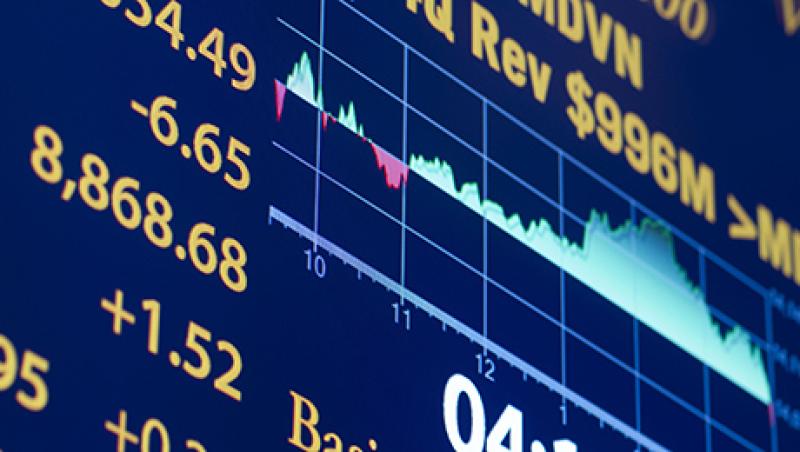
An electronic board displays trading activity and the Dow Jones Industrial Average on the floor of the New York Stock Exchange (NYSE) in New York, U.S., on Thursday, Feb. 28, 2013. U.S. stocks erased gains in the final half hour of trading after the Senate rejected a pair of partisan proposals to replace $85 billion in automatic spending cuts scheduled to start tomorrow. Photographer: Jin Lee/Bloomberg
Jin Lee/Bloomberg

